外研版必修一:Module3 My First Ride on a Train Reading课件(26张ppt)
文档属性
| 名称 | 外研版必修一:Module3 My First Ride on a Train Reading课件(26张ppt) | 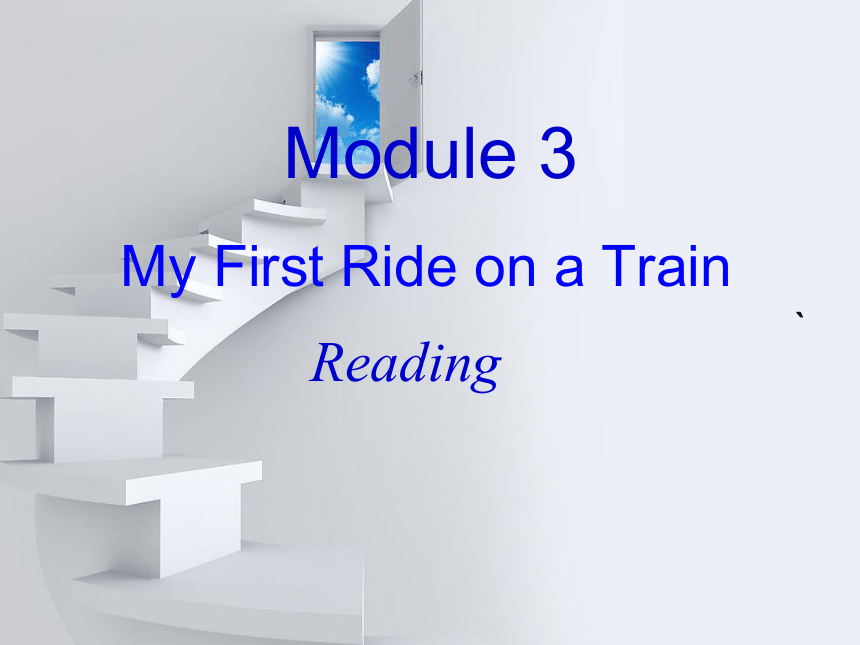 | |
| 格式 | pptx | ||
| 文件大小 | 2.5MB | ||
| 资源类型 | 教案 | ||
| 版本资源 | 外研版 | ||
| 科目 | 英语 | ||
| 更新时间 | 2022-02-27 22:20:01 | ||
图片预览

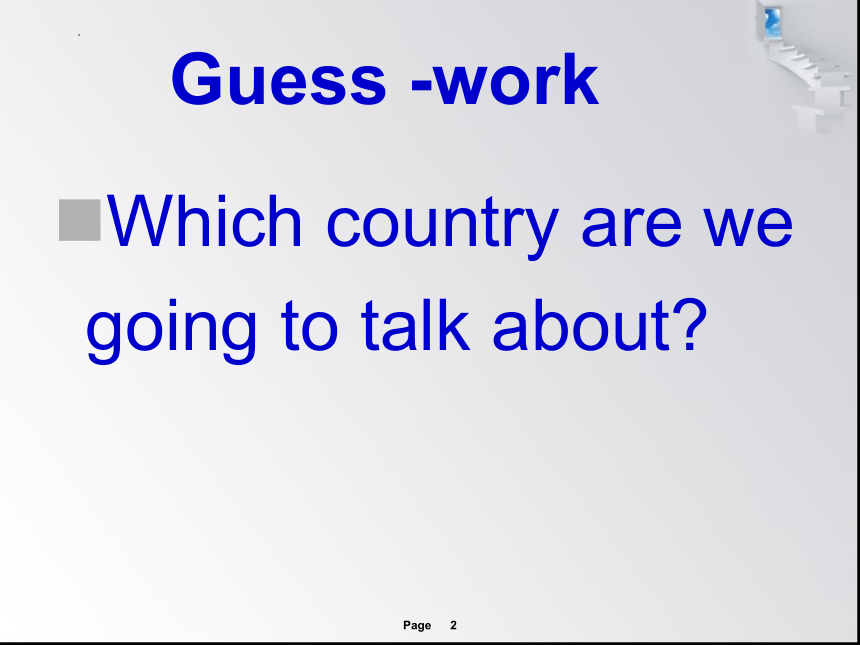
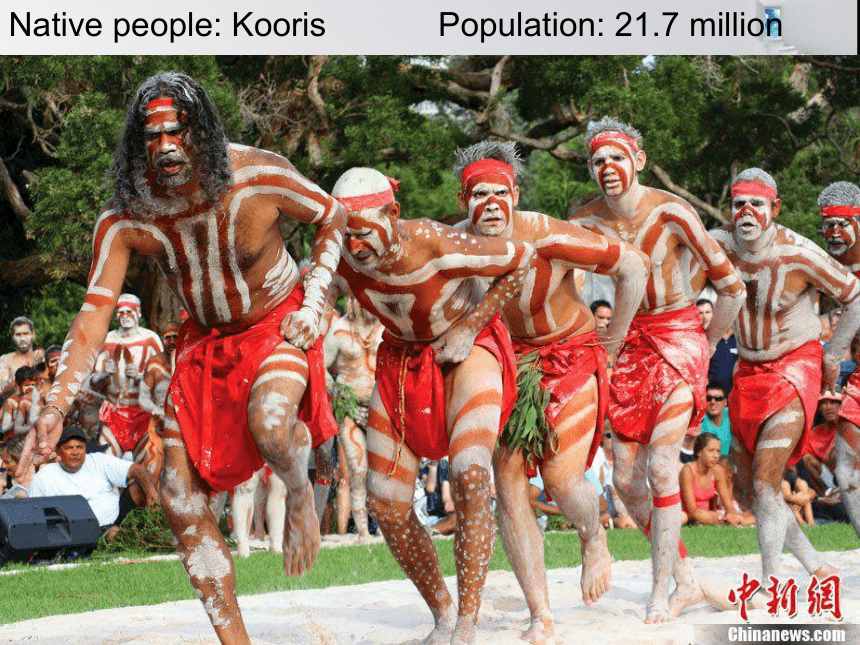

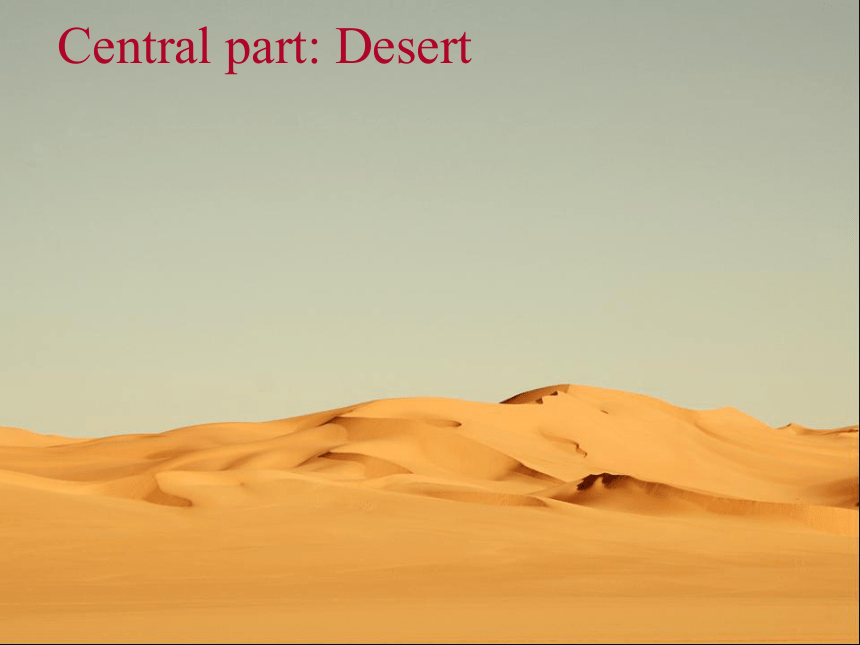
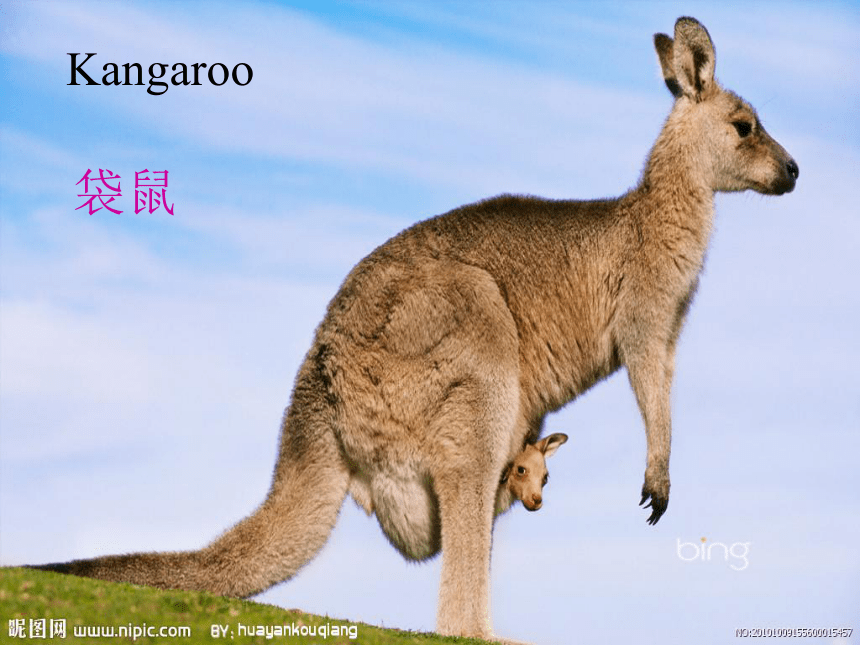
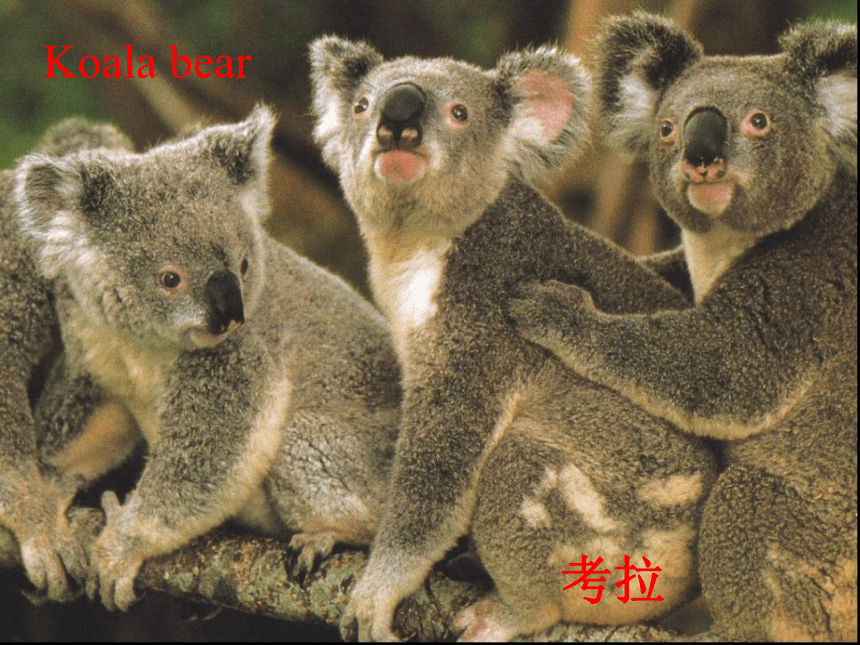

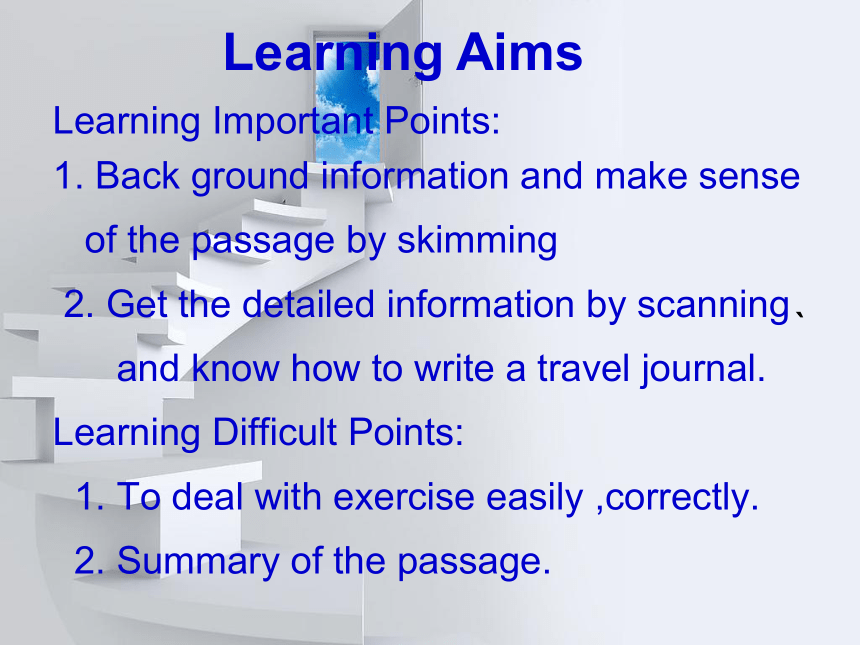
文档简介
(共26张PPT)
`
Module 3
My First Ride on a Train
Reading
Guess -work
Which country are we going to talk about
Native people: Kooris Population: 21.7 million
Capital city: Canberra
堪培拉
Central part: Desert
Kangaroo
袋鼠
Koala bear
考拉
Sydney Opera House
悉尼歌剧院
`
Learning Aims
Learning Important Points: 1. Back ground information and make sense
of the passage by skimming
2. Get the detailed information by scanning
and know how to write a travel journal.
Learning Difficult Points:
1. To deal with exercise easily ,correctly.
2. Summary of the passage.
Prediction
According to the title, what will be talked about in this passage
Read the passage as quickly as you can to get the main idea of each paragraph to check your predictions.
Match the main idea of each paragraph
Para 1 The food and scenery.
Para 2 The writer’s activities on the train.
Para 3 The origin of Ghan train.
Para 4 Things about camels.
Para 5 The fate of the camels.
Para 6 The writer’s first long-distance train trip.
a child visiting her grandmother
What is the passage about
a train ride to Sydney
taking the train to Australia
traveling to the central part of Australia
My First Ride on a Train
澳大利亚
Australia
The Ghan ∕ga:n ∕ ( 汗号列车) 贯通澳大利亚南北的铁路客车。由阿德莱德经爱丽斯泉,在北部达尔文港为终点。
艾利斯斯普林斯(英语:Alice Springs,The Springs,The Alice),又译爱丽斯泉、艾丽斯泉,旧称斯图尔特(Stuart),是澳大利亚中部的一个城市,距离最近海岸1,200公里,2005年估计人口为26,486人。
Part one(paragraph1)
Who When Where How How long
Alice
Recently
Sydney to
Alice Springs
Ghan
train
More than
4000 kms
Part two(2-3)
Food Scenery Activity
First few After that Suddenly hundred kms
Cooked
by
experts
Look out of ,
Talk,
Read
books
Chinee
tapes
scenery Desert Abandoned
Fields and dark sun shone farms
red soil no wind
no clouds
Part three(3-6)
Put the following sentences in the right order
(1) Camels were trained to carry supplies back from the central part.
(2) Camels were shoot because of the new railway line built by the government.
(3) They brought camels from Afghanistan.
(4) Australians need a way to the central country.
(5) They trained riding horses, but failed.
The right order is: (4) (5) (3) (1) (2).
Read the passage again carefully and finish the Exercise 4 on Page 24.
1. Did Alice travel on the train a long time ago
2. Was her destination on the coast of Australia
3. Was the scenery the same during the whole
journey
4. Did she study while she was on the train
5. Did the Australians use horses to travel to the
central part of the country
6. Do they still use camels to deliver goods
1. Did Alice travel on the train a long time ago
No, recently she traveled on a long-distance train.
2. Was her destination on the coast of Australia
No, her destination was the central part of Australia.
3. Was the scenery the same during the whole journey
No, the scenery was not the same during the whole journey.
4. Did she study while she was on the train
Yes, she read books and listened to her Chinese
cassettes.
5. Did the Australians use horses to travel to the
central part of the country
No, the Australians used camels to travel to the
central part of the country.
6. Do they still use camels to deliver goods
No, they don’t use camels to deliver goods now.
Fill in the blanks.
Alice Thompson made her first long-distance train ride at the age of _____. She got on in _______ and got off in Alice Springs. They ate meals cooked by _______. They saw fields, soil, desert and _____________ farms which were built over 100 years ago. On the train, Alice talked to other ___________ and studied Chinese. She watched the night sky and found stars, which shone like__________.
Why is the train called the Ghan It is short for _____________. The Afghans trained the ________ to carry food and supplies. They did this until _________, when the ____________ built a new railway line.
18
Sydney
experts
abandoned
passengers
diamonds
Afghanistan
camels
1920s
government
Summary
Background information about Australia.
The passage: the writer’s first long-distance
train trip and the structure of the passage.
Retell the story.
How to write a travel journal
Write about an unforgettable trip (100 words).
2. Mark the sentences and phases you don’t understand.
Homework
Thank you very much for your
time and attention!
`
Module 3
My First Ride on a Train
Reading
Guess -work
Which country are we going to talk about
Native people: Kooris Population: 21.7 million
Capital city: Canberra
堪培拉
Central part: Desert
Kangaroo
袋鼠
Koala bear
考拉
Sydney Opera House
悉尼歌剧院
`
Learning Aims
Learning Important Points: 1. Back ground information and make sense
of the passage by skimming
2. Get the detailed information by scanning
and know how to write a travel journal.
Learning Difficult Points:
1. To deal with exercise easily ,correctly.
2. Summary of the passage.
Prediction
According to the title, what will be talked about in this passage
Read the passage as quickly as you can to get the main idea of each paragraph to check your predictions.
Match the main idea of each paragraph
Para 1 The food and scenery.
Para 2 The writer’s activities on the train.
Para 3 The origin of Ghan train.
Para 4 Things about camels.
Para 5 The fate of the camels.
Para 6 The writer’s first long-distance train trip.
a child visiting her grandmother
What is the passage about
a train ride to Sydney
taking the train to Australia
traveling to the central part of Australia
My First Ride on a Train
澳大利亚
Australia
The Ghan ∕ga:n ∕ ( 汗号列车) 贯通澳大利亚南北的铁路客车。由阿德莱德经爱丽斯泉,在北部达尔文港为终点。
艾利斯斯普林斯(英语:Alice Springs,The Springs,The Alice),又译爱丽斯泉、艾丽斯泉,旧称斯图尔特(Stuart),是澳大利亚中部的一个城市,距离最近海岸1,200公里,2005年估计人口为26,486人。
Part one(paragraph1)
Who When Where How How long
Alice
Recently
Sydney to
Alice Springs
Ghan
train
More than
4000 kms
Part two(2-3)
Food Scenery Activity
First few After that Suddenly hundred kms
Cooked
by
experts
Look out of ,
Talk,
Read
books
Chinee
tapes
scenery Desert Abandoned
Fields and dark sun shone farms
red soil no wind
no clouds
Part three(3-6)
Put the following sentences in the right order
(1) Camels were trained to carry supplies back from the central part.
(2) Camels were shoot because of the new railway line built by the government.
(3) They brought camels from Afghanistan.
(4) Australians need a way to the central country.
(5) They trained riding horses, but failed.
The right order is: (4) (5) (3) (1) (2).
Read the passage again carefully and finish the Exercise 4 on Page 24.
1. Did Alice travel on the train a long time ago
2. Was her destination on the coast of Australia
3. Was the scenery the same during the whole
journey
4. Did she study while she was on the train
5. Did the Australians use horses to travel to the
central part of the country
6. Do they still use camels to deliver goods
1. Did Alice travel on the train a long time ago
No, recently she traveled on a long-distance train.
2. Was her destination on the coast of Australia
No, her destination was the central part of Australia.
3. Was the scenery the same during the whole journey
No, the scenery was not the same during the whole journey.
4. Did she study while she was on the train
Yes, she read books and listened to her Chinese
cassettes.
5. Did the Australians use horses to travel to the
central part of the country
No, the Australians used camels to travel to the
central part of the country.
6. Do they still use camels to deliver goods
No, they don’t use camels to deliver goods now.
Fill in the blanks.
Alice Thompson made her first long-distance train ride at the age of _____. She got on in _______ and got off in Alice Springs. They ate meals cooked by _______. They saw fields, soil, desert and _____________ farms which were built over 100 years ago. On the train, Alice talked to other ___________ and studied Chinese. She watched the night sky and found stars, which shone like__________.
Why is the train called the Ghan It is short for _____________. The Afghans trained the ________ to carry food and supplies. They did this until _________, when the ____________ built a new railway line.
18
Sydney
experts
abandoned
passengers
diamonds
Afghanistan
camels
1920s
government
Summary
Background information about Australia.
The passage: the writer’s first long-distance
train trip and the structure of the passage.
Retell the story.
How to write a travel journal
Write about an unforgettable trip (100 words).
2. Mark the sentences and phases you don’t understand.
Homework
Thank you very much for your
time and attention!
